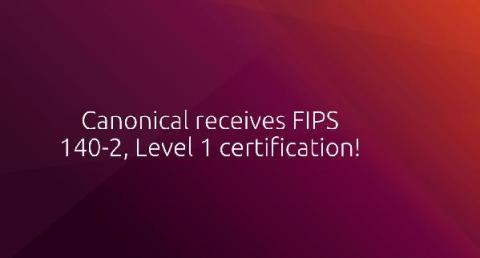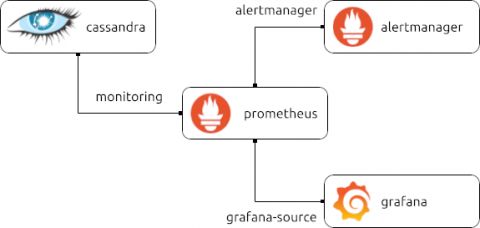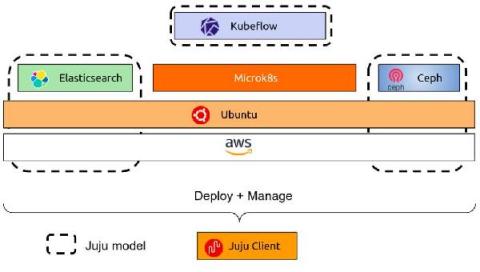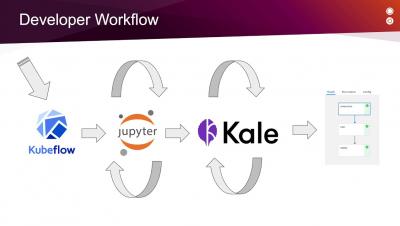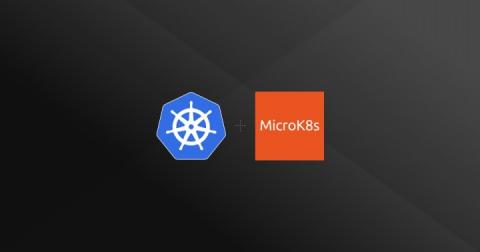Ubuntu 20.04 LTS drives high security and regulated workloads with its FIPS 140-2 certification
Austin, Texas – Ubuntu, the world’s most popular operating system across private and public clouds has received the FIPS 140-2, Level 1 certification for its cryptographic modules in Ubuntu 20.04 LTS, including OpenSSL 1.1.1.


